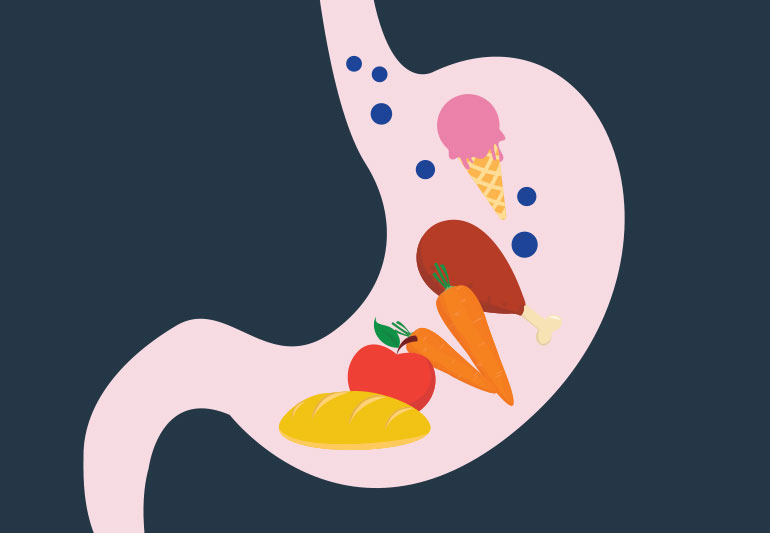What is 1?
What is the "G" in Mrs. Gren?
What is GROWTH?
DOUBLE!
A large and more complex type of cell.
What is a eukaryotic cell?
Cutting paper
Physical change
The group of cells are called
What are tissues?
A group that has complete valence electrons.
What are noble gases, or group 8?
What is "S" in Mrs. Gren? Give one example.
What are stimuli, temperature, noise, and many others?
Prokaryotic cells are missing which cell organelles
What are membrane-bound organelles? Mainly nucleus.
DOUBLE!
Digesting food

Chemical change
Prokaryotic cells uses this organelle for movement, it looks like a tail
What is flagella?
DOUBLE!
Give one element that has the same group as Be, or Beryllium.
What are Mg, Ca, or Sr?
What are the 2 "Rs" in Mrs Gren
What are respiration and reproduction?
Cell organelles that make protein
What are ribosomes?
Explain Physical change.
Physical Change
Changes appearance only
No new substance is formed
Example: Ice melting
Give 3 examples of organ system
What are the respiratory system, muscular system, digestive system, circulatory system, and skeletal system?
Valence electrons of P
What is 5?
DOUBLE!
The "N" in Mrs. Gren. Explain how it is in plants, in humans, and in animals.
Nutrition - Plants make their own food. Humans and animals eat plants or other organims.
Bacteria do not have nucleus, they have loops of DNA found in which part of the cell.
What is cytoplasm?
Explain chemical change.
Chemical Change
Changes the substance itself
New substance is formed
Example: Wood burning
DOUBLE!
Valence electrons of Calcium
What is 2?
Give 2 elements with complete valence electrons.
What are He, Ne, Ar, Kr?
Seven characteristics of living things
MRS GREN - Movement, respiration, sensitivity, growth, reproduction, excretion, nutrition
Compare and contrast: Plant cell and animal cell
Animal Cells: Contains various cell organelles
Plant cell: Presence of cell wall, chloroplast, central vacuole
Both: Types of eukaryotic cells
Compare physical and chemical change
Physical Change
Changes appearance only
No new substance is formed
Example: Ice melting
Chemical Change
Changes the substance itself
New substance is formed
Example: Wood burning
Key Difference:
Physical = reversible, no new substance
Chemical = often irreversible, new substance formed
The only element without group or family
What is Hydrogen?